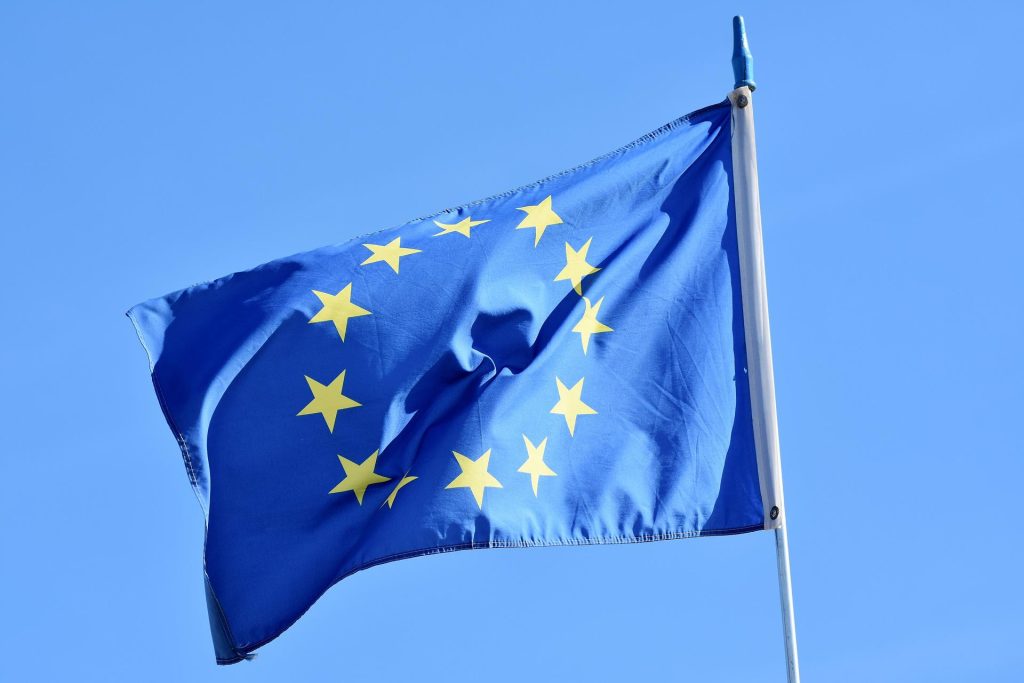After two years of consultations, the European Parliament and EU member states recently agreed on June 29 on the terms of rules designed to protect consumers while allowing the emerging market for cryptocurrencies to flourish, according to the latest foreign media sources. The agreement, known as Markets in Crypto-Assets, or MiCA, is the first effort to enforce uniform standards across the eurozone, and the first attempt at comprehensive regulation of cryptocurrencies among major countries, making the EU the first region in the world to have uniform regulation of crypto assets.
The Impact Of The MiCA Agreement On A Wide Range Of Industries
It is expected that the MiCA agreement will only come into force in 2024 because it will take a long time to go through the complicated legal process in Brussels.
▼European Union

In the future, national regulators and the European Securities and Markets Authority will have the power to penalize cryptocurrency service providers for insider trading and market manipulation.
For operators engaged in this industry, all subsequent providers of cryptocurrency services within the EU need to obtain a license from the agency before they can conduct business activities.
For financial service providers offering such services, they are subsequently required to provide a guarantee similar to a bank deposit insurance system to protect the rights of investors.
For cryptocurrency trading platforms, the MiCA agreement requirements are more stringent. The platform needs to report to the regulatory authorities to provide the bank account information of the payee and the remitter, especially for transactions involving non-custodial wallets, and anonymous transactions with a transaction amount exceeding 1,000 euros, must be reported to the regulatory authorities.
Under the MiCA agreement rules, the European Banking Authority EBA will also publish regular blacklists of cryptocurrency markets.
The Regulation Of Stablecoins By The MiCA Agreement
The MiCA agreement not only covers all cryptocurrencies, but also imposes the strictest regulation on stablecoins, including USDT issued by Tether, USDC issued by Circle and the recently launched Euro Coin.
The MiCA agreement stipulates that stablecoin issuers need to maintain sufficient reserves for a long time to cope with emergencies, and the maximum transaction amount of stablecoins is 200 million euros.
At present, the daily trading volume of the world’s largest stable currency Tether is 50 billion US dollars. Virtual currencies without a specific issuer, such as bitcoin, are not affected by the regulation.
This seems to mark the “end of the Wild West (i.e. wild growth) for cryptocurrencies” and the MiCA agreement is a very significant milestone for Europe.
This content information comes from TouTiao.com



